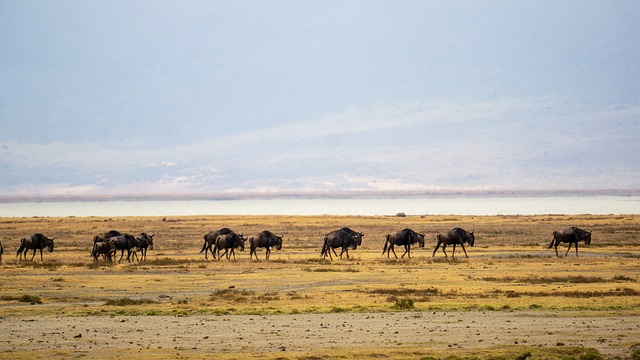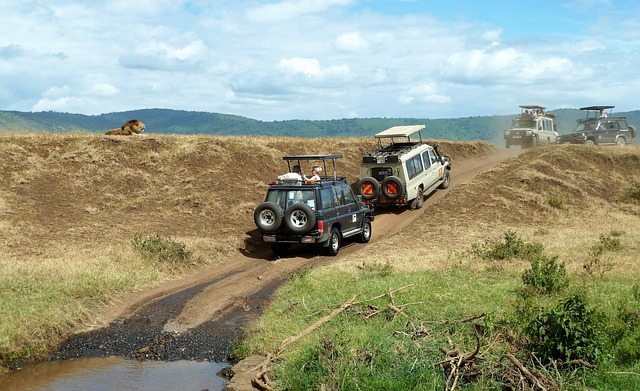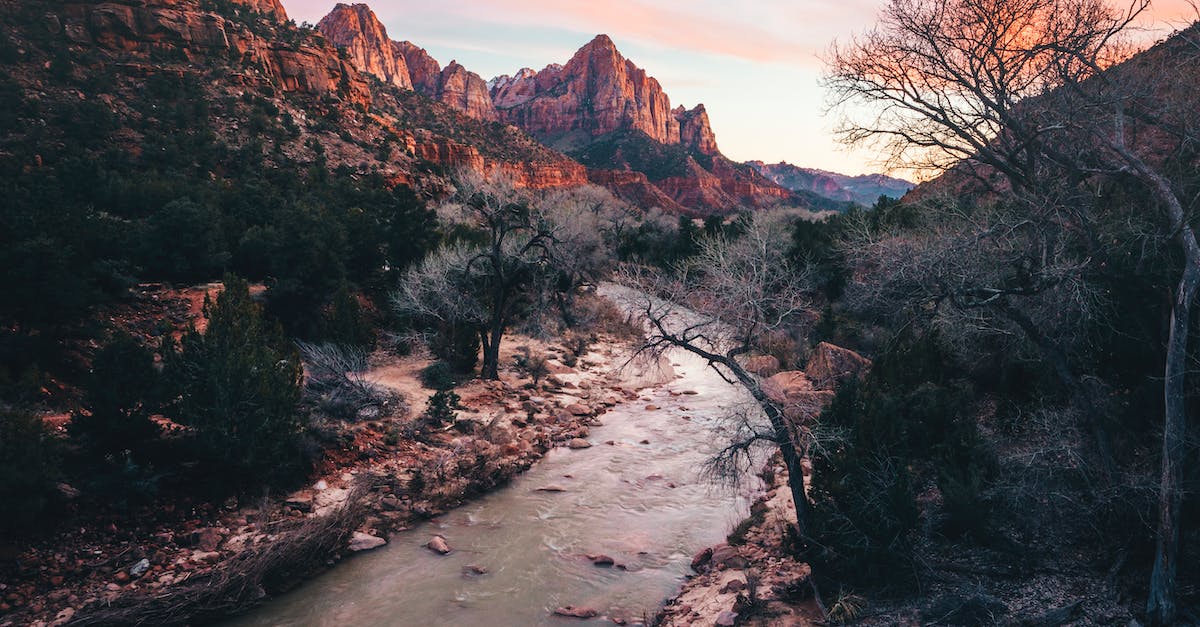
 The Serengeti National Park is a vast plain that stretches across Tanzania and Kenya, known for the annual wildebeest migration, where millions of these animals cross the Mara River in search of greener pastures. Visitors can witness this incredible natural phenomenon and explore the park on game drives, hot air balloon rides, and guided walks. The park is also home to diverse wildlife, including lions, elephants, cheetahs, hyenas, and giraffes.
The Serengeti National Park is a vast plain that stretches across Tanzania and Kenya, known for the annual wildebeest migration, where millions of these animals cross the Mara River in search of greener pastures. Visitors can witness this incredible natural phenomenon and explore the park on game drives, hot air balloon rides, and guided walks. The park is also home to diverse wildlife, including lions, elephants, cheetahs, hyenas, and giraffes.
 The Ngorongoro Crater is a massive volcanic caldera that is home to a unique ecosystem, where thousands of animals coexist in a self-sustaining environment. Visitors can enjoy game drives and witness the diverse wildlife, including the endangered black rhino, lions, elephants, and flamingos. The crater is also a UNESCO World Heritage Site.
The Ngorongoro Crater is a massive volcanic caldera that is home to a unique ecosystem, where thousands of animals coexist in a self-sustaining environment. Visitors can enjoy game drives and witness the diverse wildlife, including the endangered black rhino, lions, elephants, and flamingos. The crater is also a UNESCO World Heritage Site.
 The Olduvai Gorge is a paleoanthropological site, where some of the earliest human remains were discovered. Visitors can learn about the evolution of humans and the history of the area through the museum and guided tours. The gorge is also a scenic attraction, with stunning views of the surrounding landscape.
The Olduvai Gorge is a paleoanthropological site, where some of the earliest human remains were discovered. Visitors can learn about the evolution of humans and the history of the area through the museum and guided tours. The gorge is also a scenic attraction, with stunning views of the surrounding landscape.
The Serengeti National Park was established in 1951 and covers an area of over 14,750 square kilometers. It is home to one of the most significant wildlife migrations in the world, with millions of wildebeest, zebras, and gazelles moving across the plains in search of food and water. The park is also home to diverse ecosystems, including grasslands, woodlands, and riverine forests. The area has a rich cultural history, with the Maasai people living in the region for centuries.
The food in the Serengeti National Park is a mix of traditional Tanzanian cuisine and international dishes. Visitors can enjoy local dishes such as ugali, a maize porridge, and nyama choma, grilled meat. The park also has a range of restaurants and lodges that serve a variety of cuisines, including African, Indian, and Western food.